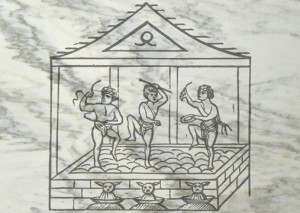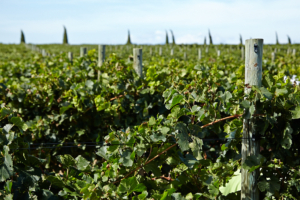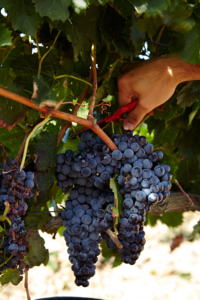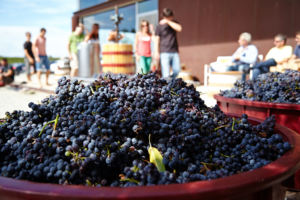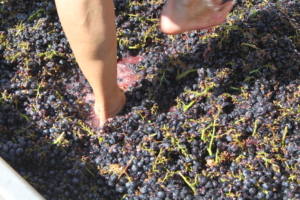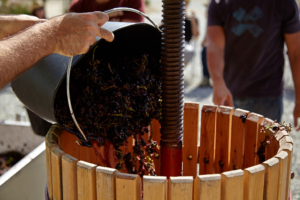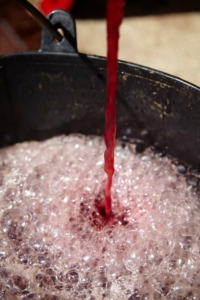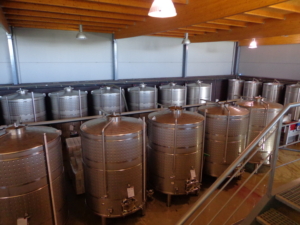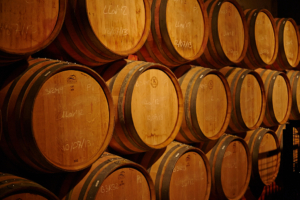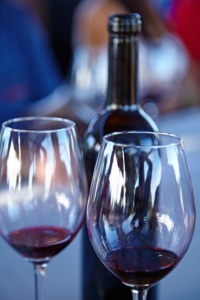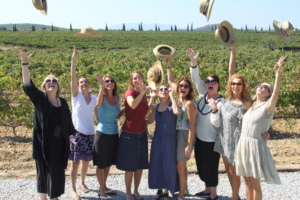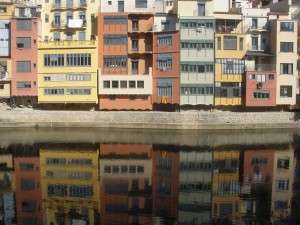 Cosmopolitan Girona is a vibrant city with much to offer: a wide variety of retail options, top class restaurants, fascinating culture and excellent public transport connections. It has all the vibes of city life but with a personal approach, as with its outstretched arms Girona pulls you in to its enchanting soul.
Cosmopolitan Girona is a vibrant city with much to offer: a wide variety of retail options, top class restaurants, fascinating culture and excellent public transport connections. It has all the vibes of city life but with a personal approach, as with its outstretched arms Girona pulls you in to its enchanting soul.
Through the heart of this up and coming city lies the River Onyar lined with its characteristic colorful houses, dating back to the end of the middle Ages, and various bridges that criss-cross the old and new parts.
Over 1000 years of history make up the charming old part of Girona, located around the single nave Cathedral, the Jewish quarter, Sant Feliu church and Sant Pere de Galligants monastery.
In the patrimonial ensemble of the Santa Maria Cathedral of Girona the must see features are:
– The Gothic Nave, the widest in the world, without columns, at 22.80m (14th-16th centuries)
– The Creation Tapestry, one of a kind in Western Medieval art (11th-12th centuries)
– The Romanic Cloisters from the 12th century, and a collection of sculpture, painting, manuscripts, altar pieces and textiles (10th-12th centuries)
In the proximity of the Cathedral are Sant Feliu church and Sant Pere de Galligants (now home of the Archaeology of Catalonia Museum), as well as the Arabian Baths.
According to legend, Saint Narcissus, the Bishop of Girona , and Saint Felix, his deacon, both died as martyrs, and the  relics of Narcissus can still be worshipped in Girona Cathedral today. Many miracles are attributed to this saint, such as that of the “Mosques de Sant Narcís” (‘flies of Saint Narcissus’). This legend stems from the time when the then King of France came to Girona with a powerful army, besieged the city and destroyed everything surrounding it. For the inhabitants, this was an inevitable catastrophe, because the French troops were much stronger and they were helpless. Until one day swarms of enormous and aggressive horseflies emerged from the grave of Saint Narcissus, which was sealed with a large, heavy stone slab. These flies traversed the walls of the city and attacked the French army. Anyone who was stung by them instantly suffered a painful death. The surviving French enemies then fled back to their homeland. Since then it has been a superstition that the horseflies and flies are particularly numerous, keen to sting and agitated on Saint Narcissus Day, the 29th of October.
relics of Narcissus can still be worshipped in Girona Cathedral today. Many miracles are attributed to this saint, such as that of the “Mosques de Sant Narcís” (‘flies of Saint Narcissus’). This legend stems from the time when the then King of France came to Girona with a powerful army, besieged the city and destroyed everything surrounding it. For the inhabitants, this was an inevitable catastrophe, because the French troops were much stronger and they were helpless. Until one day swarms of enormous and aggressive horseflies emerged from the grave of Saint Narcissus, which was sealed with a large, heavy stone slab. These flies traversed the walls of the city and attacked the French army. Anyone who was stung by them instantly suffered a painful death. The surviving French enemies then fled back to their homeland. Since then it has been a superstition that the horseflies and flies are particularly numerous, keen to sting and agitated on Saint Narcissus Day, the 29th of October.
As you wander through the enchanting streets of the Jewish quarter, one of the most important in Europe where a Jewish community lived for over 6 centuries, you will step back in time. The city of Girona has long been home to myths and legends that are hidden away in its streets and buildings. Numerous symbols direct the curious to stories, which have lived on for very many years and been told in the city for generations. The streets here are named after the medieval activity practised in them and the markets offered in them; l’Argenteria (silver), Mercaders (salesmen), Plaça de Vi (the wine square), l’Oli (oil), and de les Castanyes (of the chestnuts)…
At the heart of the old town lies the wide tree-lined avenue of La Rambla. Rambla de la Llibertat (it’s full title) is the main thoroughfare of the old town and starts at the Stone Bridge. Bordered by cafés and businesses, its arcades evoke the Middle Ages, at which point in history this street was the setting for an important regional market. The thoroughfare continues as the much narrower Carrer de l’Argenteria leads to the Sant Agustí Bridge.
The 9th century city Wall has today been renovated and provides an exceptional route to follow some sections of the longest Carolingian walls in Europe. Enjoy the views of the city and the surrounding landscape from the various watch towers which provide excellent vantage points.
From traditional stores to designer boutiques: prestigious international brands, avant-garde decoration, signature jewelry, original crafts, unique antiques, delicatessen products and many more , Girona guarantees a shopping spree will be pleasurable.
For wining and dining the city has many restaurants offering a wide range of fare: Catalan, Mediterranean, market and signature cuisine. The gastronomy of this city has now become an international model of quality, with Michelin-starred restaurants that include El Celler de Can Roca, proclaimed by the prestigious Restaurant Magazine as the Best Restaurant in the World!
And, not to be forgotten are the museums of Girona recalling bygone days: The history of the Jews, Museum of Art, History of the City, Cinema Museum …… and the modern and cosmopolitan side of Girona on the retail and leisure side.
The city is completed with the Devesa Park. Situated between the rivers of the Guell, the Onyar and the Ter, this fantastic city park extends for more than 40 hectares and is the most important Catalonian plane tree plantation. The plane trees that shade the famous Barcelona Ramblas came from this park and renowned poets have made it the subject of magnificent verse and songs.
Many of our Food & Wine Tours include private guided visits to Girona, Spain, in their itinerary.
Our Highlights of Spain Luxury Tour is a complete tour including private visits in Girona, Barcelona, Seville, Toledo, Madrid and Medieval villages aswell as visits to Spanish wineries, winetasting, cooking classes, gourmet tastings and authetic meals.
As all our tours are exclusively private we can customize any tour to suit your preferences. Contact us for more information.

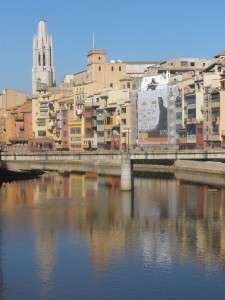
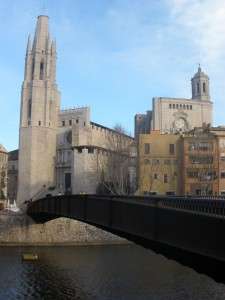
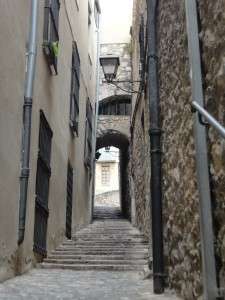
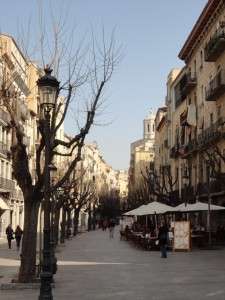
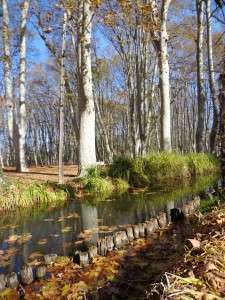
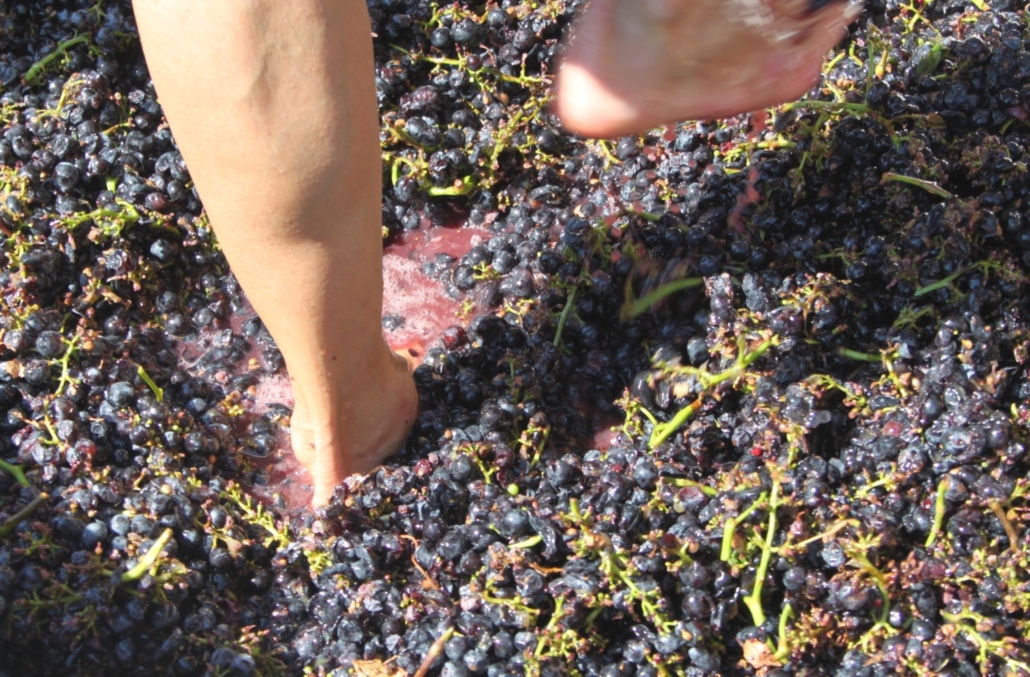
 en vats to release their juices and begin fermentation. However, to make certain types of wine, grapes are put through a crusher and then poured into open fermentation tanks.
en vats to release their juices and begin fermentation. However, to make certain types of wine, grapes are put through a crusher and then poured into open fermentation tanks.